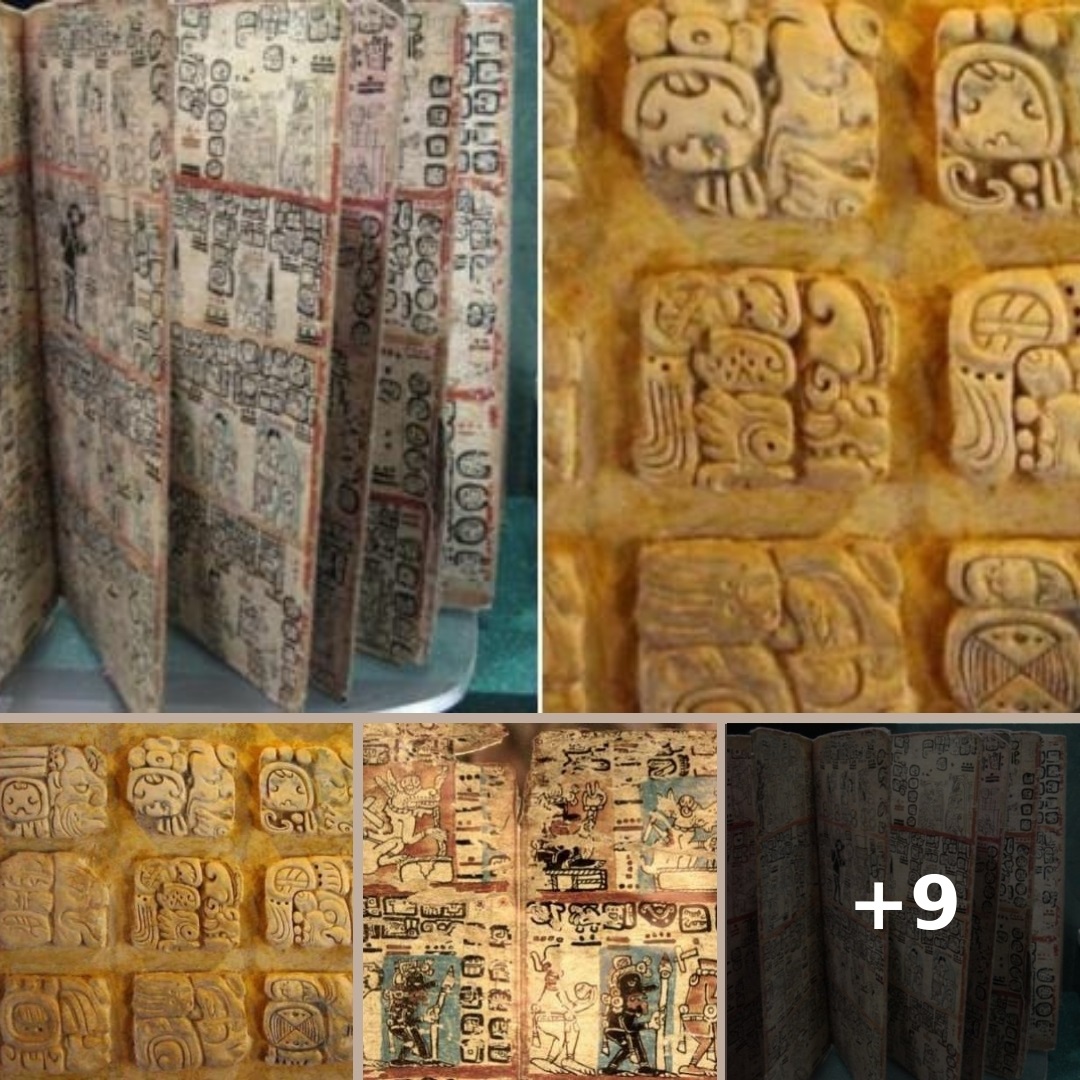For hundreds of years, linguists have been trying to decipher the ancient Mayan hieroglyphs found in the carvings of buildings, ceramics, or painted in craft books made of wood. bark… And in the end, they also had considerable success.
For hundreds of years, linguists have been trying to decipher the ancient Mayan hieroglyphs found in the carvings of buildings, ceramics, or painted in craft books made of wood. bark… And in the end, they also had considerable success.
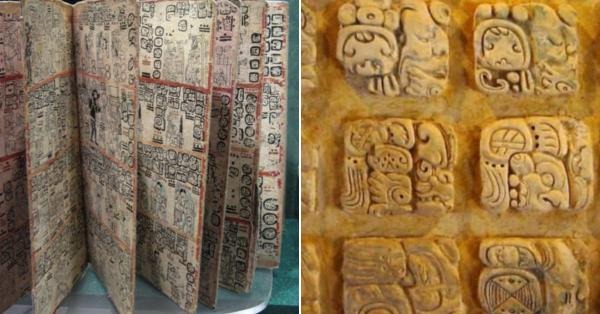
Today, more than 6 million people speak a language that evolved from the Mayan culture, a civilization that spanned Mexico, Guatemala, Belize, Honduras and El Salvador for more than 3,000 years. While the spoken language is still well preserved, the written language is not so fortunate.
Although hieroglyphics are preserved on hundreds of ancient sites, all but three Mayan manuscripts were destroyed during the Spanish conquests. In the 16th century, these texts were the key to deciphering Mayan hieroglyphics.
For years, linguists have been trying to decipher the characters to learn more about this powerful and mysterious civilization by studying the symbols on monuments, pottery and tombs.
Although there is still a long way to go to decipher all of the ancient Mayan hieroglyphs, linguists have made some progress. Advances have been made thanks to the emergence of the Internet, which has allowed linguists from all over the world to come together, who have come together to share insights and initiatives on the subject.
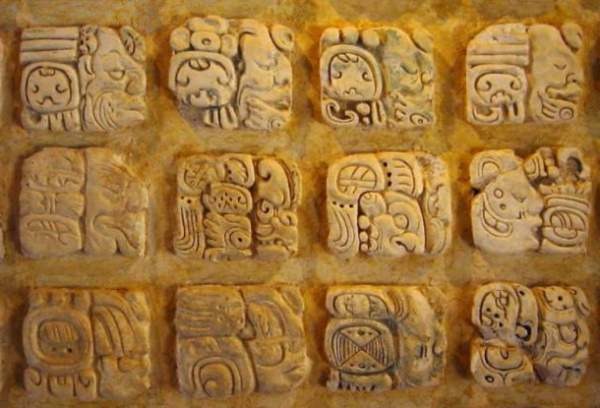
About 15% of the hieroglyphs have yet to be fully deciphered, and deciphering these riddles would be a huge step forward in understanding the political, historical and social aspects of civilization. Maya.
A complete language
For hundreds of years, linguists assumed that the Maya script was merely symbolic and did not represent a language. The reason is easy to understand because these scripts are highly visual, incorporating hundreds of symbols of human figures, animals, supernatural objects, and abstract patterns.
However, in the process of deciphering Mayan hieroglyphics, modern scholars have found that this is a fully functional writing system that can express any word from the language. speak. In it, each letter can be used as a word, phrase or a certain syllable.
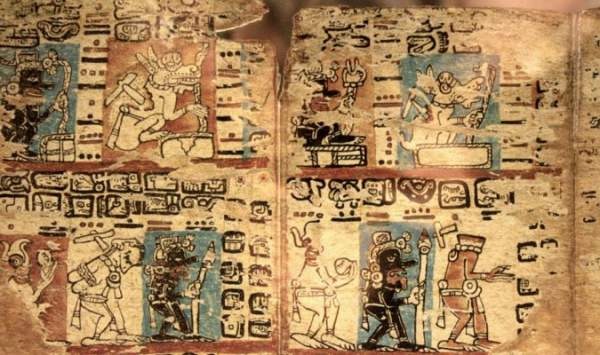
Decoding Maya script
In the 1950s, in the process of learning about the Maya script, a Russian linguist discovered that these hieroglyphs also have a phonetic part. During the 70s and 80s, interest in the Mayan script grew and many linguists around the world were involved in deciphering this mystical language.
In the late 1980s, the Mayan script was officially recognized as a complete writing system. At least two major Maya languages have been confirmed in hieroglyphics, and another may have been identified.
Although progress has been made, there is still a lot to be studied and deciphered. In 2013, University of Texas researcher David Stuart created a website titled ’Maya Decipherment’, which is a blog for professional and amateur scholars to support each other to complete solving work. script code. The site is also a place to post new texts, correct translations and debate details in the Mayan language.
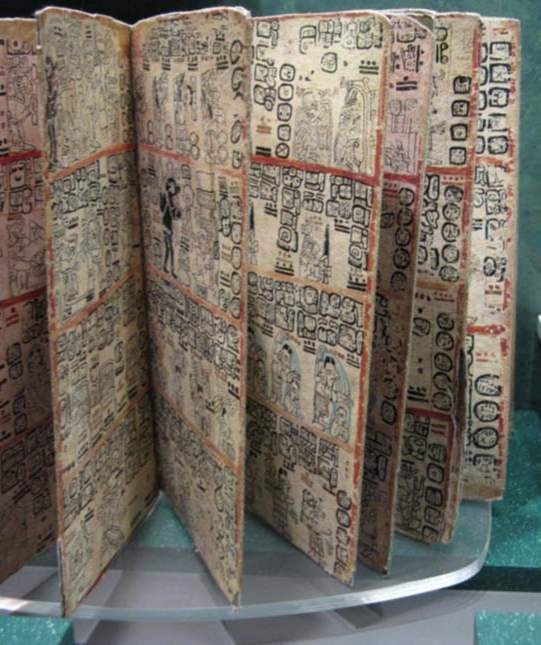
Madrid Manuscript. The Mayan manuscript is also known as the Tro-Cortesianus. Origin unknown. Late Postclassic period (late Late Classic) of the Maya (1200 – 1550).
More than 30 scholars have been involved in deciphering the Mayan script, all hoping to yield new insights into the civilization. In the past, the use of Maya hieroglyphs continued until the Spanish conquest in the 16th century. At that time, pastor diego de Landa Calderón of the Catholic Archdiocese of Yucatán banned its use. This written language was intended to overthrow the traditional indigenous culture of Central America.
He, along with the Spanish colonial government, destroyed most of the Mayan writings in an effort to convert the locals into Christians, away from beliefs that he considered pagan cults. future.
After many obstacles, there is now a glimmer of hope that we can finally understand the writings on the pyramid walls, monuments and Mayan artifacts.
